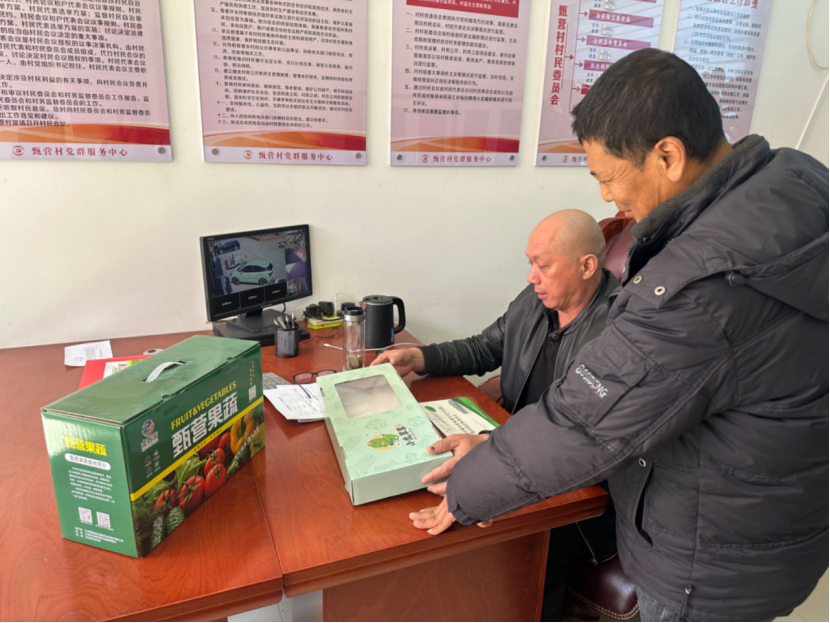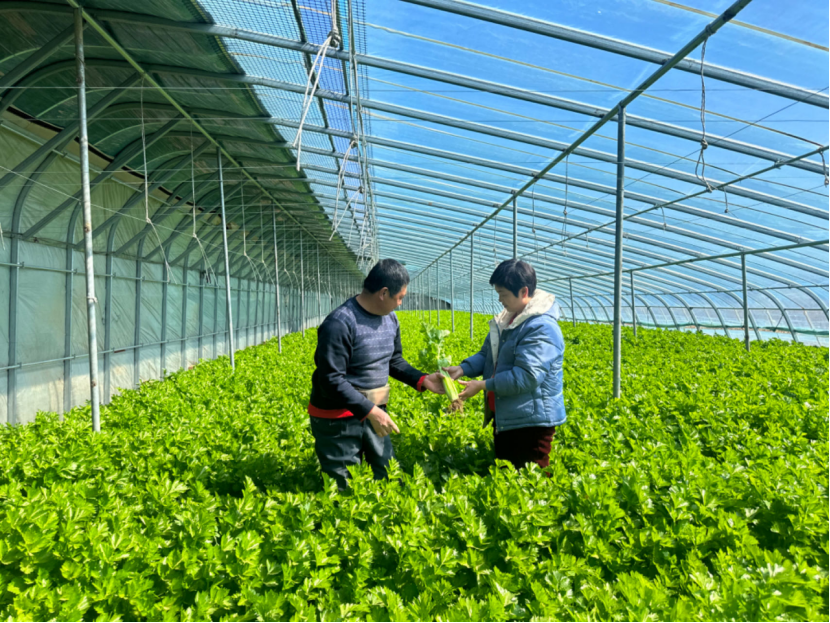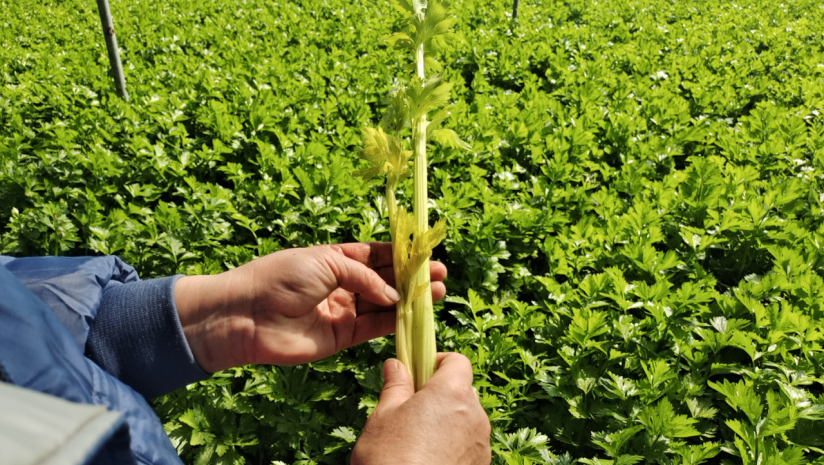Green Waves of Innovation: Zhenying Village's Rise as a Celery Industry Powerhouse
Celery is sold in boxes, which is no longer news in Zhenying Village, Huanghua Town, Wuqing District, Tianjin City. In recent years, such experts from all walks of life have gathered in the village, subverting the traditional planting mode of villagers for more than 30 years. Under the guidance of the professionals of the Tianjin Agriculture and Rural Committee, the villagers actively innovate and plant diversified varieties, and the policy support of the town government to strengthen farmers, enrich farmers and benefit farmers, the cooperation has made the "Xiaolong Cuicui" celery brand a characteristic and advantageous industry of Huanghua Town in Wuqing District.
In Zhenying Village, the most fashionable thing is to participate in the "Saturday Night School" linked to the WeChat community. Tao Jianzhong and his wife, nearly 70-year-old villagers, went to night school in the village. In the night school, the teacher taught villagers to grow celery and other crops in turn, so they tried to grow cucumbers. The planting cost of one acre of land is about 10000 yuan, and the crop harvest was sold for 32000 yuan. Everyone's enthusiasm for planting immediately came up.
Huanghuahua Town has a history of celery cultivation for decades. Zhenying Village is also the largest vegetable cultivation village in the town, with a vegetable planting area of nearly 3,000 acres and nearly 1,300 greenhouses. However, crop cultivation is relatively single. In planting, there are also low survival rates due to difficulties in growing celery seedlings in summer, and serious high temperature and humidity diseases. In the process of planting celery in autumn after planting, it is prone to water and fertilizer management and serious occurrence of diseases and pests.
In March 2023, Tianjin Zhenying Qiang Cun Fu Min Agricultural Technology Co., Ltd. was officially put into operation. In order to help farmers to grow the best vegetables with the best technology, the company invited Shandong professional vegetable cultivation experts to guide the villagers and opened a "Saturday Night School" to focus on teaching vegetable farmers, explaining disease and pest control, vegetable growth characteristics, cultivation management technology and other knowledge.
How to make the celery industry bigger and stronger and industrialized is what Zhenying Village has been planning. Introduce scientific and technological forces to shape the new quality productivity of celery varieties. According to the Science and Education Office of the Tianjin Agriculture and Rural Committee, the Tianjin Vegetable Institution and Huanghua Town signed the "Vegetable Industry Science and Technology Service Cooperation Agreement". The expert team of the Tianjin Vegetable Institution has conducted many on-site researches and selected and bred four new excellent celery products, "Jinrui 76", "Huangguan 304", "Xuri" and "Da Vinci" in combination with actual production. Seed, and explored a complete set of celery cultivation technical regulations, including summer seedling and autumn management, etc., and built a set of "new standardized celery leaf spot disease resistance identification technology system", which has been applied in the actual breeding process of celery. Localized high-quality celery varieties have become the cornerstone of industrial branding development.

From the initial simple planting to today's integrated operation of seedling, production, packaging and sales, the celery planting in Zhenying Village has realized the extension of the industrial chain and further moved towards standardization, branding and high-end development. In order to further expand the popularity of the product, the village registered the "Xiaolong Cuicui" brand.

With the upgrading of celery planting yield and quality, some villagers have increased their income through rotation, and the village decided to promote the planting of new varieties on a large scale. The village has upgraded the old greenhouse to a new steel frame greenhouse, and the temperature of the new greenhouse has increased by about 10 ℃, which can ensure that celery will be marketed for more than 20 days in the morning, and the yield will also be improved. It turns out that the height of the old shed is not enough, and only tomatoes and celery can be planted, and the quality and yield cannot be guaranteed. The new steel-framed greenhouse is about 4 meters high, which can not only control the temperature but also plant other varieties such as cucumbers and peppers.

The village also launched the experimental field model. The village committee of Zhenying Village took out special funds to subsidize new varieties of vegetable seedlings, 50% subsidy for cucumber seedlings, and free use of eggplant, chili and loofa seedlings. The village also set up a farming group to take the lead in building 120 acres of experimental sheds for peppers, eggplants, loofas, cabbages, etc., to facilitate the villagers' learning. Through transformation and upgrading, the diversified agricultural planting mode has replaced the traditional agricultural planting mode and driven the majority of villagers to get out of poverty and get rich. By adopting a variety of planting modes such as corn, chili and cucumber, land resources have been fully utilized, the value of the land has been maximized, and the collective income has increased significantly. During peak hours, the daily output reached 400,000 catties, and 40 vehicles transported vegetables back and forth. The production value of celery alone is about 50 million yuan on 1,600 acres of land in the whole village. There are nearly 1,300 greenhouses in the village, mainly for growing celery, tomatoes and other vegetables, with a total annual output of more than 30,000 tons of vegetables.
Approaching the vegetable greenhouse of Gao Yamei, a villager in Zhenying Village, bursts of celery were fragrant. Opening the insulated roller blinds and looking at it, the tall, emerald green celery in the greenhouse is straight, crisp and tender, and the growth is pleasing. The celery in the shed will soon be collected, selected and installed then packaged celery will be transported to Vanguards and other major supermarkets in Tianjin for sale.
(TIANJIN AGRICULTURE AND RURAL COMMITTEE, Writer: Lin Dandan; Translator: Ma Jiangpeng)
 京公网安备 11010802027341号
京公网安备 11010802027341号